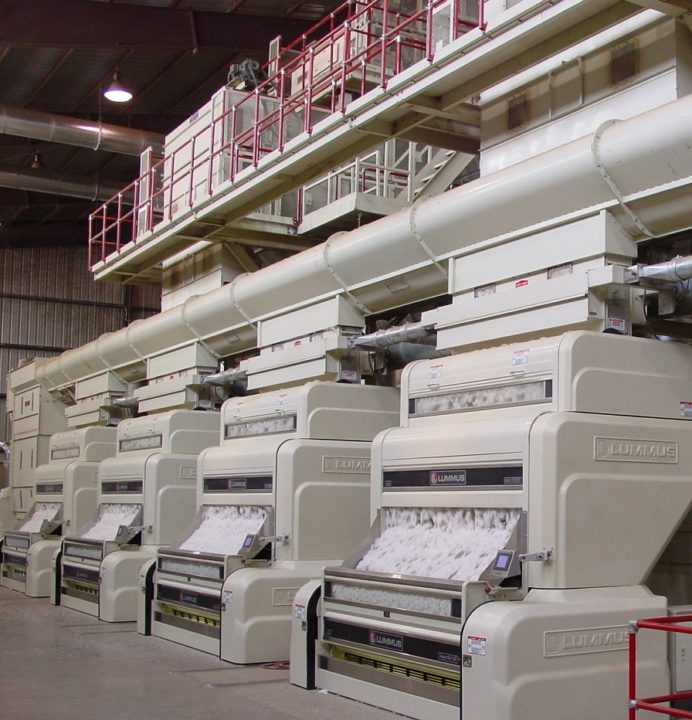Price Resistance Continues to Cap Chances of Cotton Rally
Cotton enters the three-day Memorial Day weekend tied tightly to the narrow three-cent trading range experienced the past several weeks. Call it a four-cent trading range, and we can essentially stretch it out to a six-month trading range.
Prices are begging to drift higher, but available supplies continue to meet all demand needs, thus holding prices within the narrow trading range. More of the same will continue into June’s supply demand report some two weeks away.
The 69-69.50 cents price resistance cap preventing a rally in old crop futures grew heavier this past week as on-call purchases increased on the week. That is, mills have backed off pricing nearby purchases, strongly suggesting that the 62-64 cent trading range will return. Nevertheless, hand-to-mouth buying on the cash market continues but is showing a tendency to weaken.
The new crop December contract, with nearby price resistance between 69 and 70 cents, continues to focus on planting, growth progress, and demand factors. The absence of improvement in demand hangs heavy on prices, suggesting that the new crop price will try to work lower. Planting progress, however, is slightly lagging across the U.S., the Indian Subcontinent and China. However, it is far too early to kill the crop just yet. Thus, December futures continues to hold tight to its narrow 67.50-69.50 cent trading range.
Any issue that slows planting progress and growth development can still push prices higher. Yet, I caution you again this week, demand issues are still suggesting lower prices.
Net sales of upland on the week were 141,400 bales as Vietnam, Pakistan, Turkey, and China were the major buyers. However, most of the sales were delayed price contracts (on-call purchases) confirming that mill business remains slow. Cotton shipments, for the first time since January, began to slow as seasonally expected shipments totaled 251,00 bales, some 27% below the monthly average.
This was the first month since February in which weekly shipments fell below 300,000 bales. It is expected that weekly shipments will remain below 300,000 bales for the remainder of the season.
The on-call sales versus the on-call purchases – a comparison of mill fixations versus outstanding grower price fixations – continue to favor the negative side of the price equation. This has long been the principal explanation as to why prices were constrained to trading in the 60s. That pattern will continue.
While far too much time remains to project its impact on new crop price, a similar scenario is being put in motion for the December 2025 through July 2026 contracts. This reading was very significant for most of the 2024-25 marketing season and, very importantly, presents an extremely similar signal for the upcoming 2025-26 marketing season.
It is somewhat unusual to see these phenomena extend through two consecutive seasons. However, the comparison is data driven, and mill demand simply does not provide encouraging signs to project a price rally. Thankfully, however, time is in front of us. While both U.S. and world carryover stocks do project the negative impact of increasing stocks, a smaller crop would improve the price outlook.
Planting progress has been slowed due to wet weather. However, growers have ample time to seed the remaining acreage, still about half of the U.S. plantings. The New York futures contract had initially factored in a dry season scenario for the Texas Plains. While subsoil moisture is deficient and strongly suggesting a below average yield, recent rains will provide most growers with an opportunity for a very strong start to the crop – a factor that is now recognized in the futures market and the principal reason December futures is weaker than expected.
The rainy season for the Southern plains, if such still exists, ends in another week. Continued moisture in the coming two weeks will tend to push the U.S. crop above the 14.5 million bale level – a level that is a bit high for improved prices.
Give a gift of cotton today.









